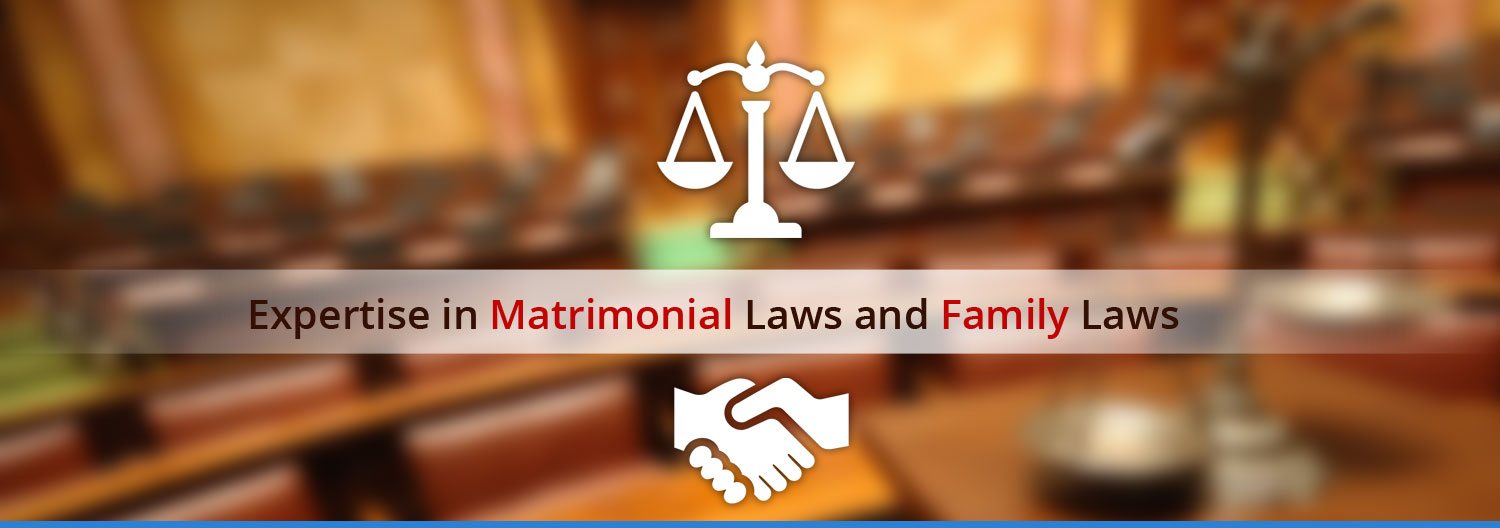THE PARSI MARRIAGE AND DIVORCE ACT, 1936 List of Amending Acts/Adaptation Orders
1. Repealing and Amending Act, 1937 (20 of 1937)
2. Adaptation of Laws Order, 1950
3. Part BStates (Laws) Act, 1951 (3 of 1951)
4. Adaptation of Laws (No. 3) Order, 1956 Pondicherry (Extension of Laws) Act, 1968 (26 of 1968)
6. Parsi Marriage and Divorce (Amendment) Act, 1988 (5 of 1988)
7. Marriage Laws (Amendment) Act, 2001(49 of 2001)
THE PARSI MARRIAGE AND DIVORCE ACT, 19361
(3 OF 1936)
[23rd April, 1936]
An Act to amend the law relating to marriage and divorce among Parsis.
whereas it is expedient to amend the law relating to marriage and divorce among Parsis; It is hereby enacted as follows:—
Statement of Objects and Reasons.—The Parsi Marriage and Divorce Act at present in force was passed in 1865. Since then circumstances have greatly altered and to some extent there has also been a change in the sentiments and views of the Parsi community. Hence a necessity for some change in the law has been felt for years. The Parsi Central Association took up the question in 1923 and appointed a sub-Committee to suggest amendments. The sub-Committee submitted a report which the Association got printed and circulated for opinion to most other Parsi Associations as well as prominent members of the community both in Bombay and outside. Many suggestions were made, and among them by the Trustees of the Bombay Parsi Panchayat who had the advantage of seeing the suggestions of others. The Central Association adopted the suggestions of the Panchayat Trustees and reprinted the whole and again circulated it. Fresh suggestions were thereupon made in the press, on the platform, by associations and individuals. These were fully considered by the Trustees as well as the Association and the present draft is the result. On the whole it represents the views of the great majority of the community, and has been approved by leading Parsis like Sir Dinshaw E. Wacha and the late Rt. Hon. Sir Dinshaw F. Mulla”.
Amendment Act 5 of 1988—Statement of Objects and Reasons.—The law relating to marriage and divorce among Parsis is contained in the Parsi Marriage and Divorce Act, 1936. The Act had not been amended recently in view of the policy of the Government not to effect any changes in the personal laws of any minority community unless the initiative comes from such community. The Board of Trustees of the Parsi Panchayat, Bombay has sent some recommendations to Government in the form of proposals to amend the Act. The Minorities Commission which has considered these proposals has also recommended the proposed amendments. The amendments are mainly aimed at enlarging the scope of some of the provisions of the Act so as to bring them on the lines of the provisions of the Hindu Marriage Act, 1955.
2. The main amendments proposed are as follows:—
(1) To provide that the minimum marriage age in respect of males and females shall be 21 and 18 years, respectively. This is also in accord with the recent amendments made to the Child Marriage Restraint Act, 1929.
(2) To provide that divorce can also be obtained on the ground that the defendant had
been incurably of unsound mind for a period of two years or upwards immediately
preceding the filing of the suit or has been suffering continuously or intermittently from
mental disorder of such a kind and to such an extent that the plaintiff cannot reasonably be
expected to live with the defendant. Though this ground is available under the present
provision, it is proposed to be made more comprehensive and to define “mental disorder”
in the Act itself. ‘
(3) Insertion of “cruelty” as an additional ground for divorce.
(4) Insertion of a new provision to provide for divorce by mutual consent.
1 The Act has been extended to the new Provinces and merged States by the Merged States (Laws) Act 59 of 1949 and to the States of Manipur, Tripura and Vindhya Pradesh by the Union Territories (Laws) Act 30 of 1950. Manipur and Tripura are full-fledged States now, see Act 81 of 1971, Ss. 3 and 4 (w.e.f. 3-12-1971). Vindhya Pradesh is a part of the Madhya Pradesh State now, see Act 37 of 1956, S. 9.
It has been extended to (2) Dadra and Nagar Haveli by Regulation 6 of 1963 and 2) Pondicherry by Act 26 of 1968.
(5) It is proposed to provide that in any matrimonial proceedings under the Act if the plaintiff has no independent income sufficient for her or his support, then the defendant should pay to the plaintiff, monthly or weekly, during the suit, such expenses and sum as the Court considers reasonable.
(6) Provision for payment of permanent alimony and maintenance to the plaintiff having regard to the defendant’s own income and other property of the plaintiff and the conduct of the parties and other circumstances which the Court may take into consideration.
(7) To provide that all proceedings in a Court under the Act shall be conducted wi
camera and it shall not be lawful for any reason to print or publish any part of such
proceedings without the previous permission of the Court. Contravention of these
provisions is proposed to be made punishable with fine which may extend to one thousand
rupees.
I—PRELIMINARY
1. Short title, extent and commencement.—(1) This Act may be called the
parsi marriage and divorce act, 1936.
(2) 2[It extends to the whole of India except the State of Jammu and
Kashmir]:
Provided that the Central Government may, in respect of 3[territories which, immediately before the 1st November, 1956, were comprised in Part B States], by notification in the Official Gazette, direct that the provisions of this Act relating to the constitution and powers of Parsi Matrimonial Courts and to appeals from the decisions and orders of such Courts shall apply with such modifications as may be specified in the notification.
(3) It shall come into force on such date4 as the Central Government may, by notification in the Official Gazette, appoint.
State Amendment—[Pondicheny].—In its application to the Union Territory of Pondicherry, after the proviso to sub-S. (2), add the following:—
“Provided further that nothing contained in this Act shall apply to the Renoncants of the
Union Territory of Pondicherry.”—Pondicherry Act 26 of 1%8,S. 3(l)andSch.
2. Definitions.—In this Act, unless there is anything repugnant in the subject or context,—
(1) “Chief Justice” includes senior Judge;
(2) “Court” means a Court constituted under this Act;
(3) to “desert”, together with its grammatical variations and cognate expressions, means to desert the other party to a marriage without reasonable cause and without the consent, or against the will, of such party;
(4) “grievous hurt” means—
(a) emasculation;
(b) permanent privation of the sight of either eye;
(c) permanent privation of the hearing of either ear;
(cf) privation of any member or joint;
(e) destruction or permanent impairing of the powers of any member or joint;
2. Substituted by ActSof 1951,S. Sand Sck, for certain words (w.e.f. 1-4-1951).
3. Substituted by the Adaptation of Laws (No. 3) Order, 1956, for certain words (w.e.f 1-11-1956).
4. Brought into force on 22-6-1936.
(/) permanent disfiguration of the head or face; or (g) any hurt which endangers life;
(5) “husband” means a Parsi husband;
(6) “marriage” means a marriage between Parsis whether contracted before or after the commencement of this Act;
(7) a “Parsi” means a Parsi Zoroastrian;
(8) “priest” means a Parsi priest and includes Dastur and Mobed; and
(9) “wife” means a Parsi wife.
II—MARRIAGES BETWEEN PARSIS
3. Requisites to validity of Parsi marriages.—5[(1)] No marriage shall be valid if—
(a) the contracting parties are related to each other in any of the degrees of consanguinity or affinity set forth in Schedule I; or
(b) such marriage is not solemnized according to the Parsi form of ceremony called “Ashirvad” by a priest in the presence of two Parsi witnesses other than such priest; or
6[(c) in the case of any Parsi (whether such Parsi has changed his or her religion or domicile or not) who, if a male, has not completed twenty-one years of age, and if a female, has not completed eighteen years of age.]
7[(2) Notwithstanding that a marriage is invalid under any of the provisions of sub-section (1), any child of such marriage who would have been legitimate if the marriage had been valid, shall be legitimate.]
Objects and Reasons—Clause 3.—This corresponds to the present section 3 (of the Act of 1865), the only change made in which is in the table of prohibited degrees of relationship. The new table is based on clear principles in accordance with Parsi religion and custom, and is more concise and at the same time more comprehensive than the present one.
4. Remarriage when unlawful.—(1) No Parsi (whether such Parsi has changed his or her religion or domicile or not) shall contract any marriage under this Act or any other law in the lifetime of his or her wife or husband, whether a Parsi or not, except after his or her lawful divorce from such wife or husband or after his or her marriage with such wife or husband has lawfully been declared null and void or dissolved, and, if the marriage was contracted with such wife or husband under the Parsi Marriage and Divorce Act, 1865 (15 of 1865)8, or under this Act, except after a divorce, declaration or dissolution as aforesaid under either of the said Acts.
(2) Every marriage contracted contrary to the provisions of sub-section (1) shall be void.
Objects and Reasons—Clause 4.—This corresponds to the present section 4 (of the Act of 1865). The alteration is made to suit altered circumstances. The present law provides for the dissolution of a previous Parsi marriage only before contracting a new one, as in 1865 it was not contemplated that a Parsi could contract any other than a Parsi marriage under the Parsi law. At present cases of such other marriages are fairly common. Such a marriage while
5. S. 3 renumbered as sub-S. (1) thereof by Act 5 of 1988, S. 2 (w.e.f. 15-4-1988).
6. Substituted by Act 5 of 1988, S. 2, for Cl. (c) (w.e.f. 15-4-1988).
7. Inserted by Act 5 of 1988, S. 2 (w.e.f. 15-4-1988).
8. Repealed by this Act.
.








I live in Navsari, Gujarat & need more information for parsi divorce act. As lovers in Navsari are not aware of same.